
We sit down and talk pop with Kansai’s rising boy band stars.
Growing up, I never really got into pop music so much, because I always assumed it valued image over the art. I still think it’s largely about image but now I’ve also grown to appreciate the sheer talent and hard work that goes into it. And that can especially be seen in the younger crop of performers who are putting in a crazy amount of work to make a name for themselves not only in Japan but around the world.
One of those groups is Ae! group (pronounced like “A-group”) made up of six guys from the Kansai area around Osaka. The group alternates performances on a song-to-song basis as both a conventional boy band and rock band with Ken Kojima on keyboards, Yoshinori Masakado on guitar, Seiya Suezawa on vocals, Richard on sax, Taisei Fukumoto on bass, and Masaya Sano on drums.
I first heard of Ae! group last year when leader Ken Kojima discovered eels in Osaka’s Dotombori River for the first time in history, suggesting that the notoriously filthy river had made a miraculous environmental recovery. From there I saw a video of them performing their song “PRIDE” and was very surprised at the level of each member’s high degree of musicianship on their respective instruments.
But scientific breakthroughs and musical training are still only just a small part of what these guys are into, so to learn more I was able to sit down with the whole group and get to know them better.
Thank you for taking the time to talk with us. First off, I’d like to congratulate you, Ken, on discovering those eels in the Dotonbori River! What was it like making such a landmark discovery in the city’s history?
Ken Kojima: “[Speaking in English] Thank you! I’m Ken and I caught the Japanese eels! Congratulations to me!
[laughs] To be honest, at first, I didn’t really understand what I had done; I was just happy to find the eels for a great TV show segment.
After all, the show is only broadcast in west Japan, so I thought it would only be seen locally, but that wasn’t the case, and it made me aware of how even through small acts we can do something extraordinary, especially when working together.
Sano had been conducting the survey for half a year before that day, and it was done in cooperation with Osaka City, so it was a victory for everyone when over 2,000 people came to see the eels from all over Japan. I’m inspired to spread more eel love [laughs].
[Speaking in English] Dotonbori Japanese eel, I send you out into the world!“
You just wrapped up a nationwide tour, but even aside from that you guys seem to have an incredibly tight schedule appearing on stage, on television, and on YouTube among many other things. What’s a typical day like for you?
Yoshinori Masakado: “We have been blessed with the opportunity to do live shows pretty much every year, but our recent nationwide tour is a particularly long-cherished dream that we finally achieved! I’m so happy to have made one of our goals come true, as it’s given us more opportunities to have individual activities as well; since touring, personal projects are becoming more frequent such as television dramas and variety shows.
It’s like there is an axis upon which our live performances turn, and we study in various places to broaden out what we do as a group. There are times, because of work, that the six of us don’t have the opportunity to be together as much, so as a result our group activities like YouTube shoots and rehearsals are packed into a single day. Going from early morning to late at night can be hard, but we love it, so it’s worth it.”▼ Ae! group performing during their national tour
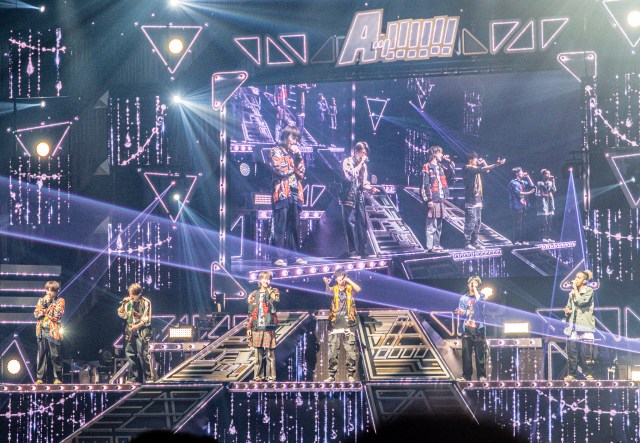
Speaking of which, Ae! group was officially announced in 2019, and was really successful right off the bat, selling out your first appearances in like a day. But, not too long after, the pandemic turned the whole world upside down. How do you feel it affected your trajectory?
Masakado: “It’s been a long time since the audience has been able to really let loose and scream and shout at a concert, and even now there are still mask mandates and strict rules depending on the region. As a result, we couldn’t do everything we wanted for our first national tour, but we’re hopeful that we will someday!”
Taisei Fukumoto: “COVID-19 was a very dark time for many, but we did what we could to make people smile and together we got through it. I think that’s what we’re here to do, and that’s when our work really feels like it matters.”
Masaya Sano: “Right after the global pandemic started, our regular TV programs were pretty much all put on indefinite hold, so we had a lot of free time we didn’t expect or want. But thanks to the Junior video platform ISLAND TV we were able to shoot videos remotely and edit them together to make original segments of our own like Ae no Ohako or ATV. Fans really seemed to enjoy them, and even now, three years on, I still read comments like ‘Oh, I got to know the group through this video,’ or ‘I became your fan thanks to that video.'”
Ae! group post videos to YouTube weekly and are widely translated by fans, owing to their popularity outside of Japan. In the video below they play a psychological version of tag in which no one knows who’s it.
Seiya Suezawa: “I am the oldest of the group, and to be completely honest seeing the world shut down and so many opportunities evaporate – just as we were finally getting our break – hit pretty hard. But as Sano said, we worked together and made the best of a bad situation, and our fans really responded in kind. Not just in Japan, either; I love to see all the foreign languages in the comments section of our YouTube videos, and I feel so glad we are able to bring joy to fans all over the world. If we can overcome COVID’s limitations, I feel we can do anything.”
Masakado: “We didn’t stop during COVID, though we were of course cautious and tried our best to follow all recommendations to keep our fans and ourselves safe. It was tough but seeing the excited faces of the audiences during our tour, as well as so many people from overseas at the show made me feel it was worth it. I was walking with Sano on the way back from one concert, and a few fans from overseas even called out to us. It reassured me that what we had done – and what we were doing now – was not in vain.”
A documentary of the work they put into their performances as well as how they managed to get through the later months of the pandemic can be seen in Episodes 16 and 17 of Ride On Time on Netflix.
Ken, you’re the leader of Ae! group, but said that you originally didn’t really want the position and that you were a bit of a rebel in your school days. How have you been adjusting to the “leader” role?
Kojima: “Yeah, I did go through a rebellious period in junior high school, and I’ve never really thought of myself as the leader type. I didn’t think I was the right fit or that it was something I was suited for. But, when it came time to choose, the majority pointed at me, and that gave me the confidence to become the leader I am now. I have to be a bit stern sometimes, but every day I’m liking it more and more. I’m honored they chose me to be the leader and I want to never let them regret it.”
▼ Ken Kojima
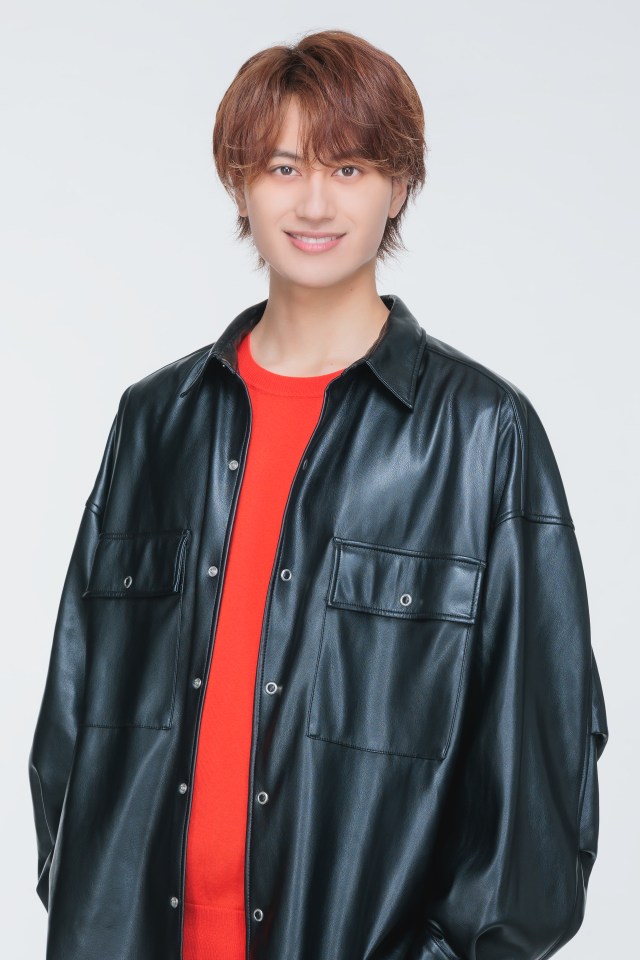
Now that the pandemic countermeasures are dying down, is there anything you’re especially looking forward to in the future?
Masakado: “Actually, something we finally got to do was have our first show afterparty! It happened after our stage show Gachi de Neverending Story, where we got to host a big dinner with all the cast, crew, and staff. It was a dream, as that had never been allowed for anything we did as a group under COVID. I know that was something from the past, but I’m looking forward to more of them!”
Sano: “I want to go on a trip with all six of us. Maybe to Awaji Island or Hyogo Prefecture. We can have a BBQ, camp, and eat more delicious food. Even if it’s just for one night after a long drive, anything to simply relax in each other’s company would be great.”
Richard, I’ve been dying to ask you this… Is it true you’re actually a licensed welder? What led you to doing that?
Richard: “I was taking part in a variety show with our senpai in TOKIO and a few other members from other groups. Everyone there had some kind of license except for me, so I thought it would be kind of cool to get one and especially something completely different.
So, I got a welding license – and not just any welding license but a gas welding license. Arc welding is more common, which is done with electricity, but the variety show we’re doing now has us doing various things like they did in the past – as in, without electricity – so for me, it’s really worked out well, though sometimes I do question why I did it. After all, I got a gas welding license before my driver’s license [laughs]. I still want another license though.”
▼ Richard
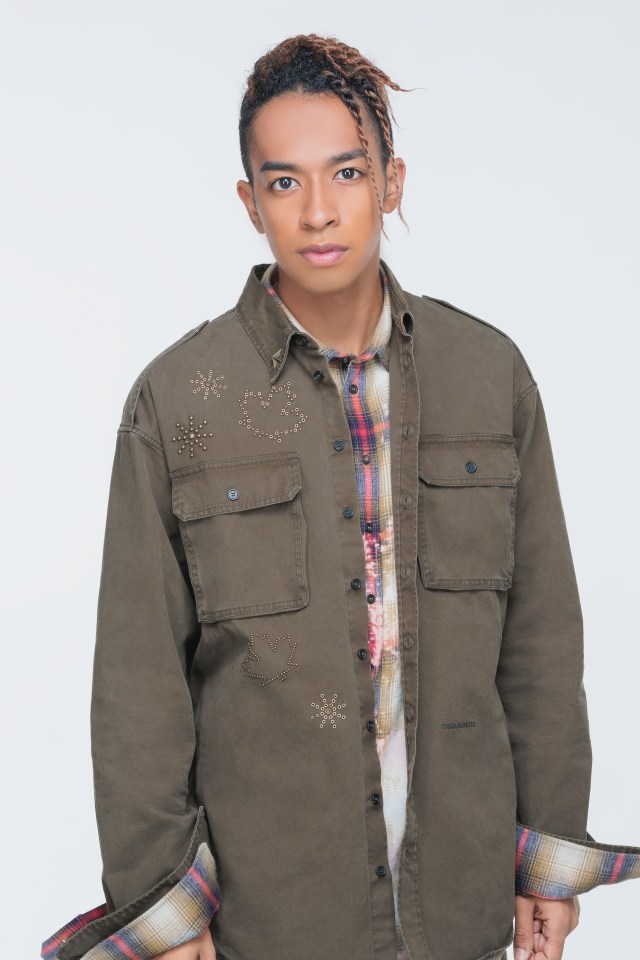
Like what?
Richard: “For example, there is a license for ‘tamakake,’ or slinging, which is what’s needed when operating a crane to move huge and heavy cargo. A Japanese Tamakake License… Yeah, that would be cool.”
▼ The practical test for getting a tamakake license. Next time you see someone doing this on the street, take a close look at who’s doing it and you might just find Richard.
Masaya, you were on 100 Karaoke Festival and also played Taiko No Tatsujin (a popular rhythm arcade game using a taiko drum) on The Kamiwaza Challenge. In both cases, you managed to get perfect scores and win.
▼ In this episode of Kamiwaza Challenge, Sano had already gotten a perfect score, so they upped the stakes by making him sing blindfolded and with the musical accompaniment removed for most of the song.
This is especially impressive in the karaoke challenge where an AI judges you and deducts points for even the slightest inflection or timing error.
Sano: “That was a lot of fun, and in fact, filming has already concluded on another karaoke program I will appear in called Chidori no Oni Renchan. I really like playing the traditional Japanese drums and always try to make sure that I do my best to represent Ae! group. My ultimate goal is to win the prize money and put it toward a music video for one of our songs!
It can be hard though. Karaoke is really different from the way I sing live, but by seeing me sing at karaoke, I want people to become interested in us and attract them to our live performances. They will see the six of us performing in a way that I hope resonates more deeply than just enjoying someone good at karaoke.”
▼ Masaya Sano
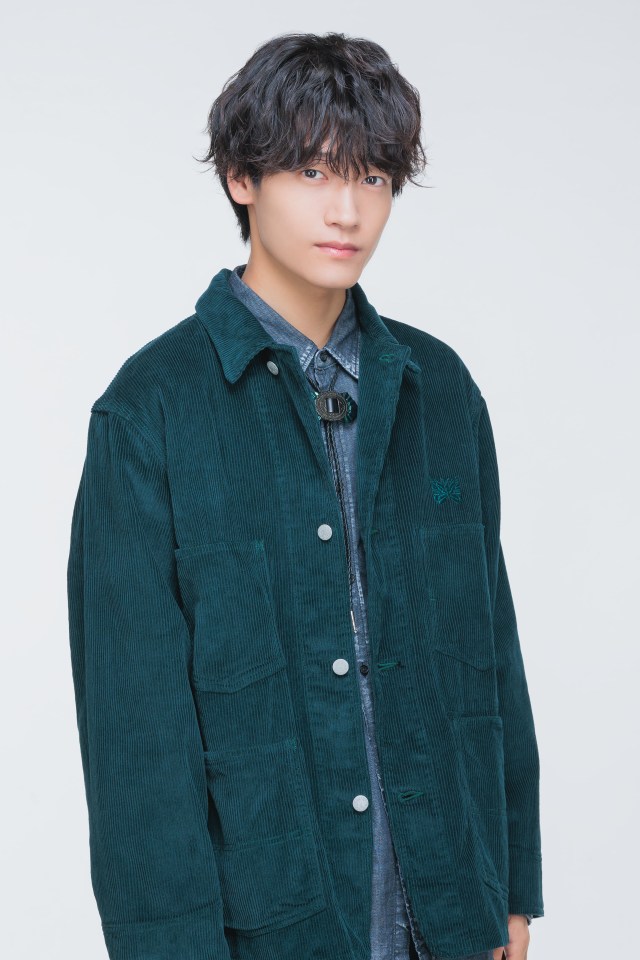
Taisei, you graduated from Osaka University where you studied about important labor and social issues in modern Japan. So let’s say you become the Prime Minister of Japan, what would you want to focus on?
Fukumoto: “[Speaking in English] I think Japan is so wonderful and unique and a very interesting country, but like everywhere there are ways to make us even better. I’m very interested in what the international experts have said about issues concerning gender equality.
I think awareness of the issue is very important and hope we can as a society find ways to make life better for everyone, one step at a time.”
▼ Taisei Fukumoto
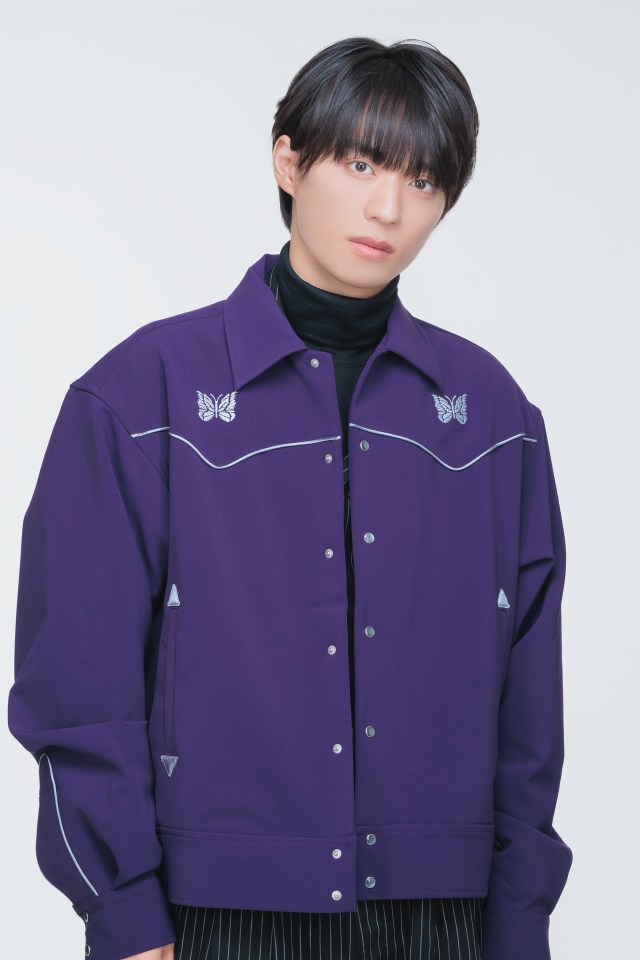
Seiya, I read that you mainly handle the costume choices for the group and online your fans really seem to get a kick out of the different ways you guys dress up at live performances. Looking back at your choices which one did you think worked best on all the members of Ae! group?
Suezawa: “I always try to put together the best costumes to capture our unique style and personal flair, as well as to impress our fans, so I can’t really choose a single ‘best.’ I do, however, try to pay attention to what our fans think and their reaction to these show details.
For example, during our national tour, I made sure to include the blue Napoleonic costumes, since those are popular among the six of us and also what many people seem to enjoy for our live show look.
A few more photos (3/3) of the fun, fashion, and "New Epoch" flair at yesterday's TOKYO GIRLS COLLECTION 2023 SPRING/SUMMER extravaganza! #TGC
— Johnny & Associates (@johnnys) March 5, 2023
The shimmering suits and smiles of #Aegroup#JohnnysUpClose#JohnnysFamily pic.twitter.com/DazIh5MXdr
I would be happy if fans could see them up close, as they have a surprising amount of intricate and elaborate detail. I really want the fans to see just how cool they are!”
▼ Seiya Suezawa
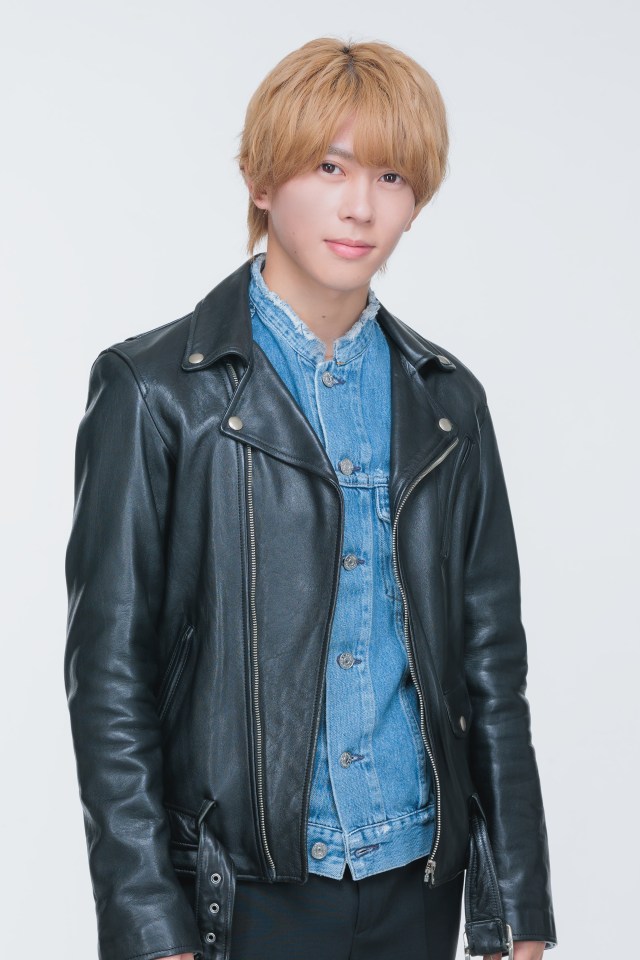
In English we have an expression where when someone is really talented, we say “They make it look easy.” For example, being a pitcher and home run hitter in the MLB is insanely difficult, but Shohei Ohtani makes it look easy because he’s so good at it. I feel like this can be said for a lot of pop groups too, only to their detriment.
For example, your predecessors like SMAP and ARASHI all worked extremely hard but because they’re ultimately seen singing and dancing and they’re so good that they make it look easy, people don’t often see the work that goes into it. As a result, there’s a misconception among people that being in a so-called boy band is easy.
However, what I’ve been seeing more recently from you guys and some of your contemporaries like 7 MEN Samurai, is the incorporation of musical instruments in your live shows. Yoshinori, you probably exemplify this best because your work on the guitar is really amazing, like, some of the best I’ve ever seen. And in doing so, I think you make what you do look hard but in a good way. Do you think this is helping change people’s perceptions of what an “idol” is?
Masakado: “I feel that an idol is a relatively specialized concept that fans in the West may not be as familiar with, but the groups you mentioned were pioneers of how idol culture is perceived today. Take, for instance, the member colors, which are special to Japanese idols. They represent our different aspects and there is strength in those colors and how they orient fans around how we complement each other, as well as help set us apart and differentiate us more than what can be seen from YouTube and encourage new fans to follow us to other projects, whether it be our music, the variety shows, or dramas we’re in. Hopefully, we’re showing fans that ‘idols’ can’t be narrowed down to just one thing.”
▼ Yoshinori Masakado
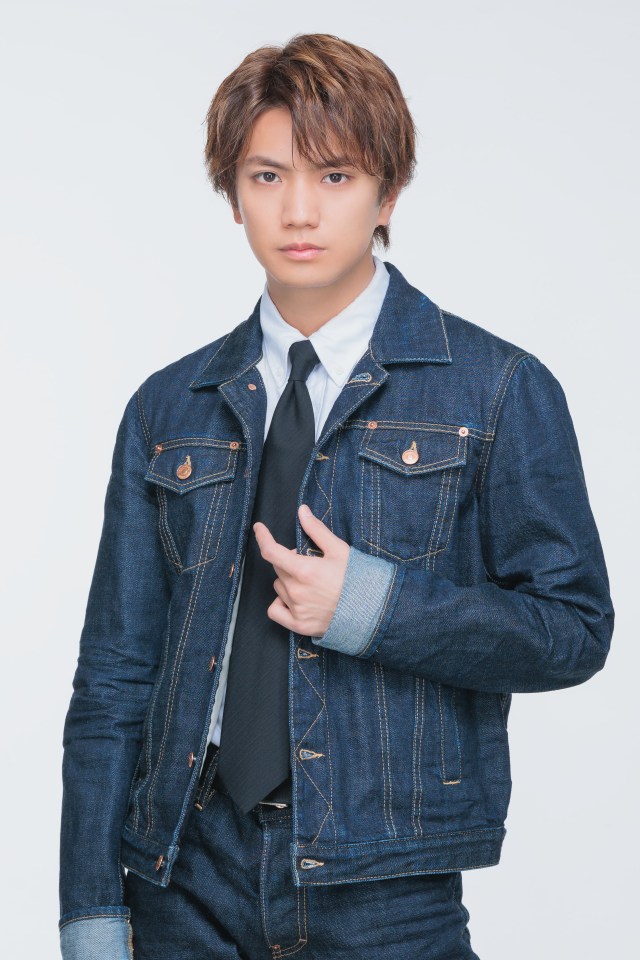
The members of Japanese idol groups are often assigned colors in a practice tied to the old Super Sentai (Power Rangers) tokusatsu shows. However, unlike those shows the color coding of idols is so subtle that the untrained eye wouldn’t even notice it. On one level they help fans identify each member more easily on stage at large venues, but the colors are also symbolic of their personalities in an abstract way as Yoshinori is alluding to.
The six boys of #Aegroup in glistening member-colored suits for the opening number of their NATIONAL TOUR 2023 at the Tokyo Garden Theater!
— Johnny & Associates (@johnnys) May 14, 2023
"The tour will be over before too much longer, but our journey is never-ending and only just beginning!"#Aッ!!!!!! #JohnnysUpClose pic.twitter.com/vyijRNzqwN
Thanks again for taking the time to talk with us and I just have one more pretty basic question: Where do you see Ae! group in 10 years?
Kojima: “Our biggest goal at present is to make our debut album and hold another tour, preferably at something as big as the Tokyo or Kyocera domes! That’s as close as there is to a ‘must-have’ on our list of what we’d like to achieve. Right now, we are committed to searching for and developing what that means to us, our fans, and the world at large and becoming the stars those who believe in us know we can be.”
We may not know where we’ll see this group in 10 years, but right now you can see them pretty much everywhere. Unfortunately time was limited due to their busy schedule and we didn’t even get to touch on the work they do in live stage shows or how they also practice Osaka-style shinkigeki comedy and martial arts to incorporate it all into their concerts.
Hopefully, they do get the chance to get even bigger and show more people what they are capable of because in addition to being incredibly talented, they genuinely are the kind of nice people that you want to see succeed and finally be able to go camping on Awajishima.
Images: ©Johnny & Associates
● Want to hear about SoraNews24’s latest articles as soon as they’re published? Follow us on Facebook and Twitter!

No hay comentarios:
Publicar un comentario